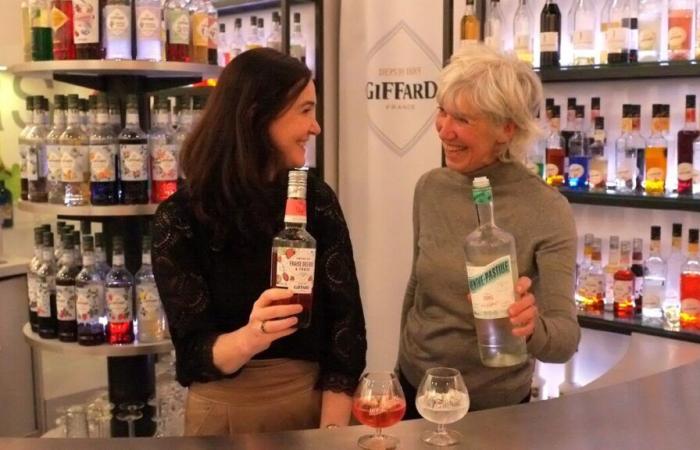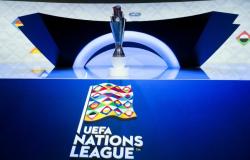
The weather is gloomy in Maine-et-Loire but near Avrillé, chemin du Bocage, at the headquarters of Giffard, an elite liquor maker and syrup maker since 1885, the sun is shining. The knowledge and know-how of liqueurs in France have just been included in the inventory of intangible cultural heritage, the transmission of the business to the fifth family generation is in full swing, the expansion project too and the Menthe-Pastille , the House's flagship product, has more and more fans.
“The registration is a great recognition,” says Édith Giffard, who, with her brother Bruno, entrusted, in 2024, general management to her son, Pierre, and her niece, Émilie. It promotes our professions, which contribute to the influence of French gastronomy. »
In Maine-et-Loire, it crowns the work accomplished since the 19th century by Giffard but also by Cointreau (Angers) and Combier (Saumur), whose leader, Franck Choisne, president of the national union of liqueur manufacturers, defended the application file.
At Giffard, Mint-Pastille, a digestive liqueur that has become a festive drink, the house's emblem, created by founder Émile Giffard in 1885, wonderfully illustrates these artisanal skills. Its recipe is a family secret kept like a treasure. “My brother and I received it as an inheritance,” says Édith Giffard. We only recently delivered it to our children. » Until then, both of them isolated themselves late in the evening, after closing, out of sight, to produce the base of the liqueur.
No need to insist, we won't know any more. Except that Mint Pastille is the result of the steam distillation of a rare “intense and refreshing” peppermint: the Mitcham plant, obtained in England in the 17th century. But since 2013, the Giffards, supported by local farmers and supported by the Interprofessional Technical Plant Institute of Chemillé-en-Anjou, have succeeded in acclimatizing and multiplying it in Anjou to produce an elixir that is now 100% French.
“Mint-Pastille represents 10% of our sales”
“Mint-Pastille represents 10% of our sales,” confides Edith Giffard. It’s a trendy taste! » It shines at the top of a menu of 60 liqueurs (listed in 90 countries) and 90 syrups. A success which enabled the growth of the company (47 million euros in turnover in 2023).
“When we took over, with Bruno, in 1992, it had 18 employees. Today, there are 140 of us. We have built a new production site, in Saint-Léger-des-Bois, with 17,000 m2 of premises. »
The fundamentals are non-negotiable: respect for the product (75% French supplies including 50% from Anjou), the environment (solar panels and geothermal energy, eco-designed packaging, recovery of biowaste) and trends (organic syrups, worn by the Bigallet brand, alcohol-free liqueurs).
It’s up to Émilie and Pierre Giffard to continue the momentum. Their parents created a support committee. A family charter sets the rules of the game. A clever cocktail whose ingredients Giffard masters. And keep it a secret.





